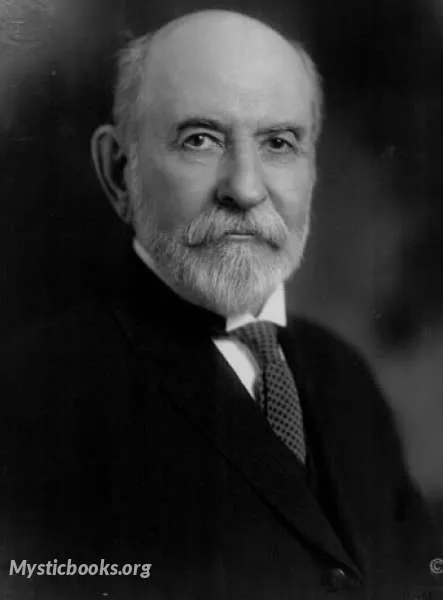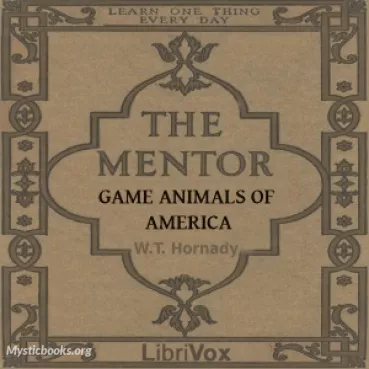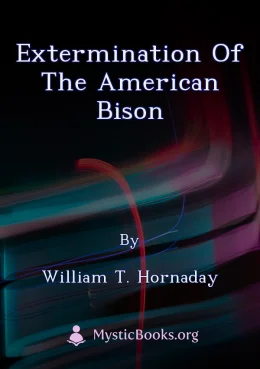
Timeline
Title
Country/Nationality
William T. Hornaday
William Temple Hornaday, was an American zoologist, conservationist, taxidermist, and author. He served as the first director of the New York Zoological Park, known today as the Bronx Zoo, and he was a pioneer in the early wildlife conservation movement in the United States.
Hornaday was born in Avon, Indiana, and educated at Oskaloosa College, the Iowa State Agricultural College (now Iowa State University) and in Europe.
After serving as a taxidermist at Henry Augustus Ward's Natural Science Establishment in Rochester, New York, he spent 1.5 years, 1877–1878 in India and Ceylon collecting specimens. In May 1878 he reached southeast Asia and traveled in Malaya and Sarawak in Borneo. His travels inspired his first publication, Two Years in the Jungle (1885). In 1882 he was appointed chief taxidermist of the United States National Museum, a post he held until his resignation in 1890.
In his position at the museum, Hornaday was tasked with inventorying the museum's specimen collection of American Buffalo, which was meager. He then undertook a census of bison by "writing to ranchers, hunters, army officers, and zookeepers across the American West and in Canada." Based on firsthand accounts, Hornaday estimated that as recently as 1867 there were approximately 15 million wild bison in the American West. Through his census, he ascertained that those numbers had rapidly depleted. In a letter written to his superior at the Smithsonian, George Brown Goode, Hornaday reported that, "in the United States the extermination of all the large herds of buffalo is already an accomplished fact."
In 1886 Hornaday went out west, to the Musselshell River region of Montana, where the last surviving herds of wild American buffalo lived. He was tasked with collecting specimens from the region for the United States National Museum collections, so that future generations would know what the buffalo looked like, after their expected extinction.
The buffalo that Hornaday mounted remained on exhibit until the 1950s, when the museum underwent an exhibit modernization program. The Smithsonian sent the specimens to Montana, where they were placed in storage. After many years of neglect, they were rediscovered, restored, and placed on display in 1996 at the Museum of the Northern Great Plains in Fort Benton, Montana.
The decimation of the species that Hornaday witnessed had a profound effect on him, transforming him into a conservationist. In addition to the specimens for the collection, he acquired live specimens that he brought back to Washington, D.C., which formed the nucleus of the Department of Living Animals he created at the Smithsonian, the precursor to the National Zoological Park, which he helped establish a few years later in 1889. Hornaday served as the zoo's first director, but left soon thereafter after conflict with the head of the Smithsonian, Samuel Pierpont Langley.
Books by William T. Hornaday

Our Vanishing Wild Life
We are weary of witnessing the greed, selfishness and cruelty of "civilized" man toward the wild creatures of the earth. We are sick of tales of slaughter and pictures of carnage. It is time for a sweeping Reformation; and that is precisely what we n...

The Mentor: Game Animals of America
In the heart of the untamed American wilderness, William T. Hornaday's "The Mentor: Game Animals of America" invites readers on an extraordinary expedition into the lives of the continent's most captivating creatures, the game animals. Hornaday, a r...

Extermination of the American Bison
The American bison (Bison bison), also commonly known as the American buffalo, is a North American species of bison that once roamed the grasslands of North America in massive herds, became nearly extinct by a combination of commercial hunting and sl...